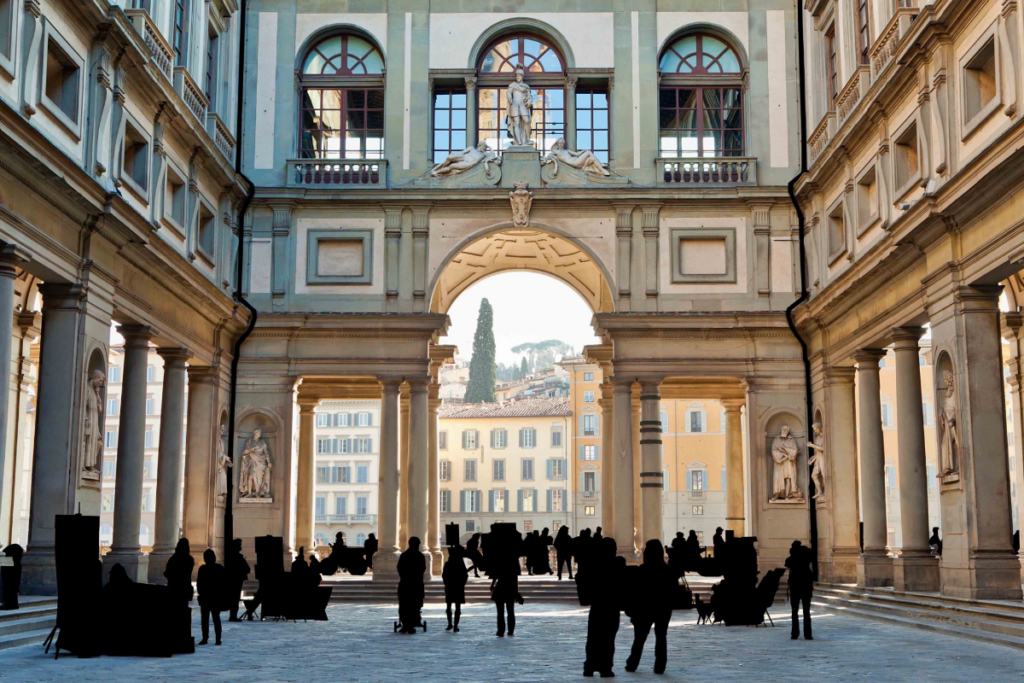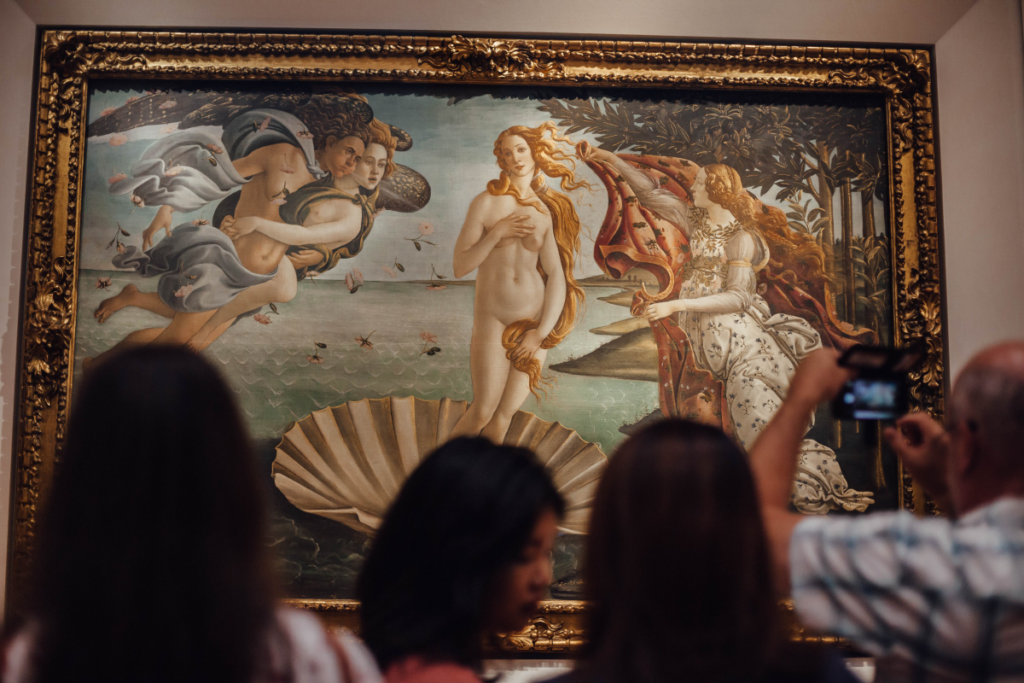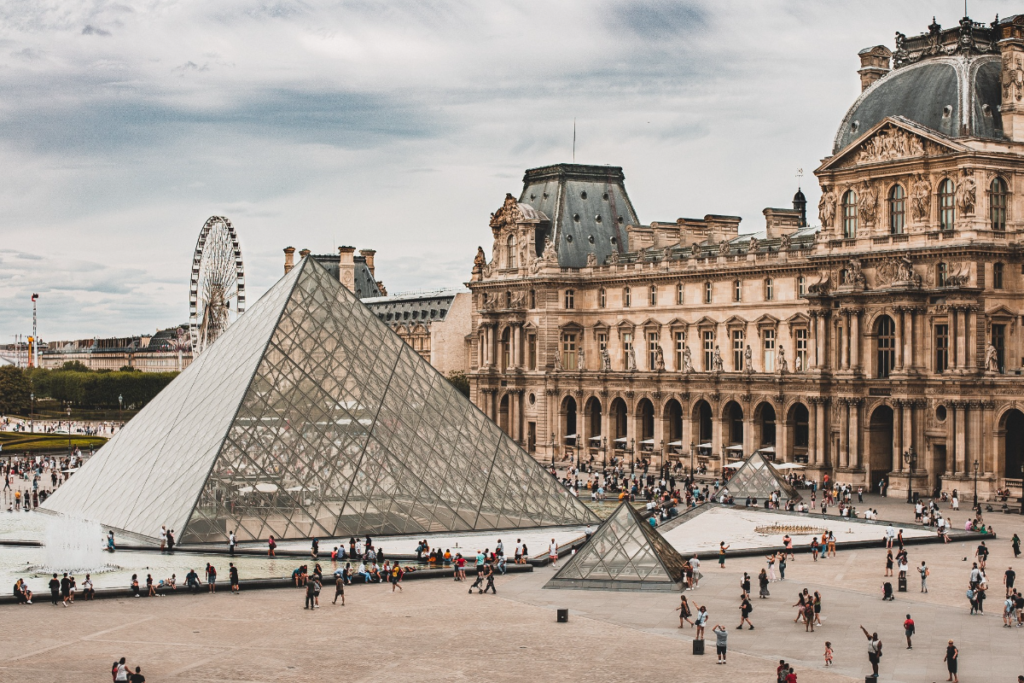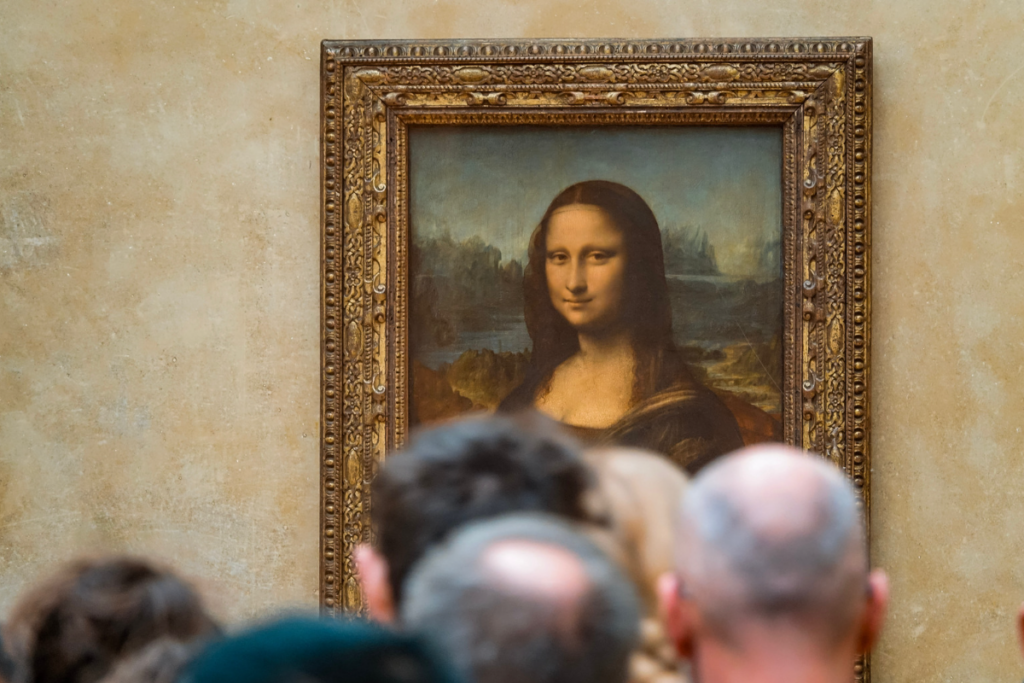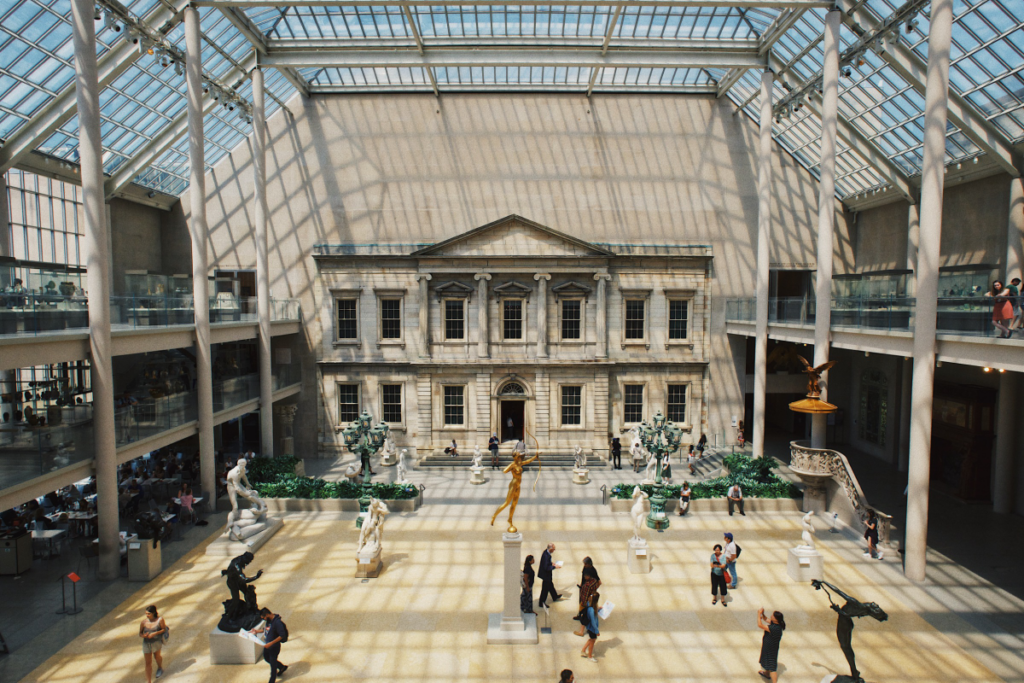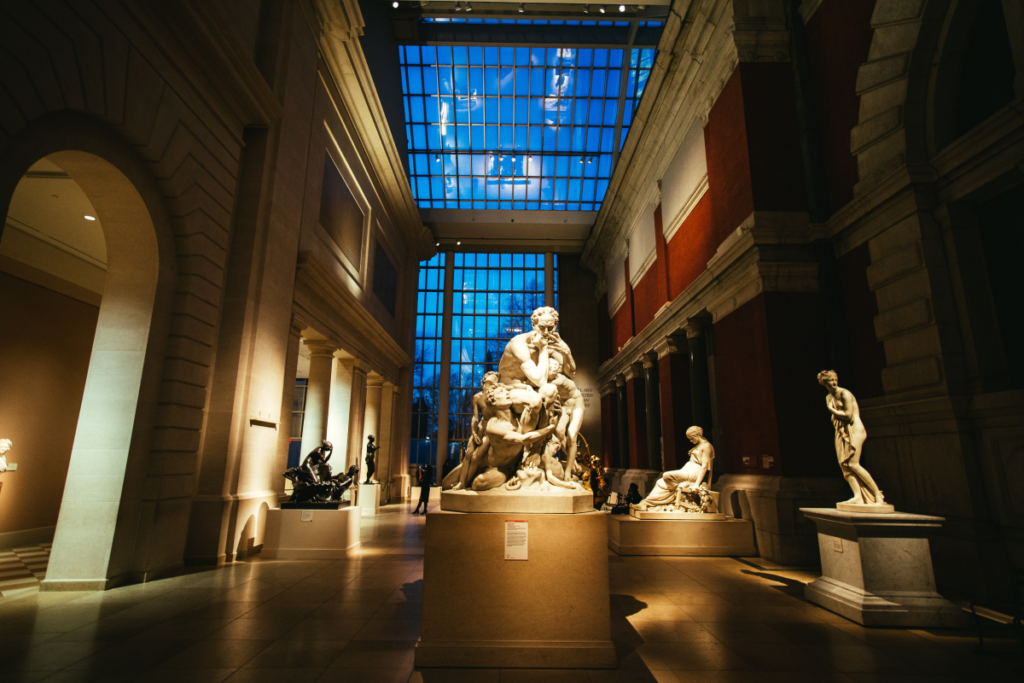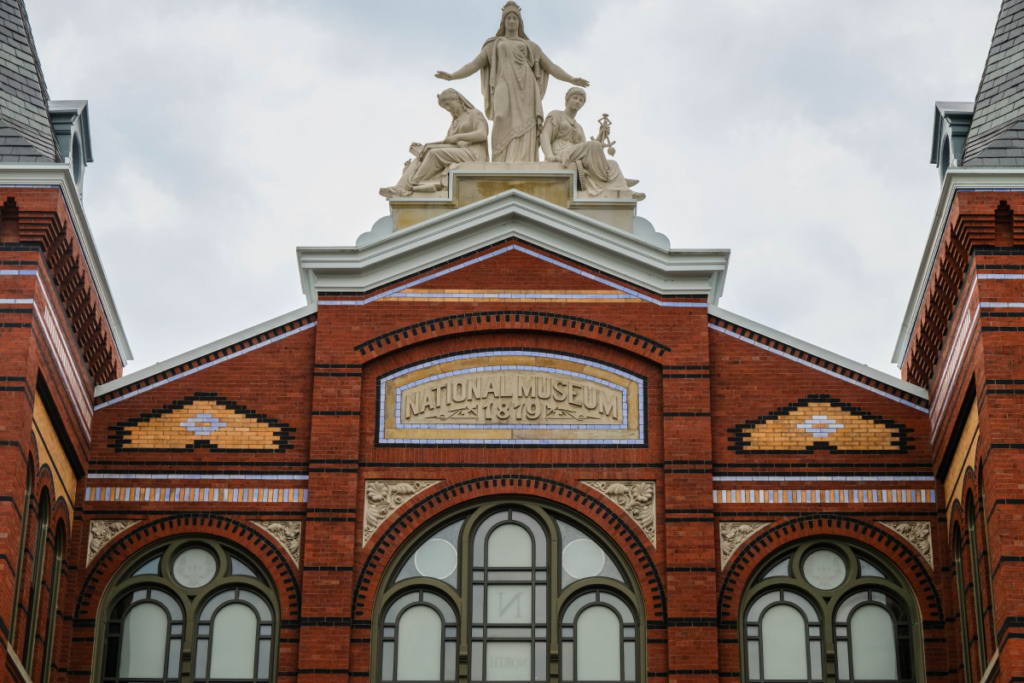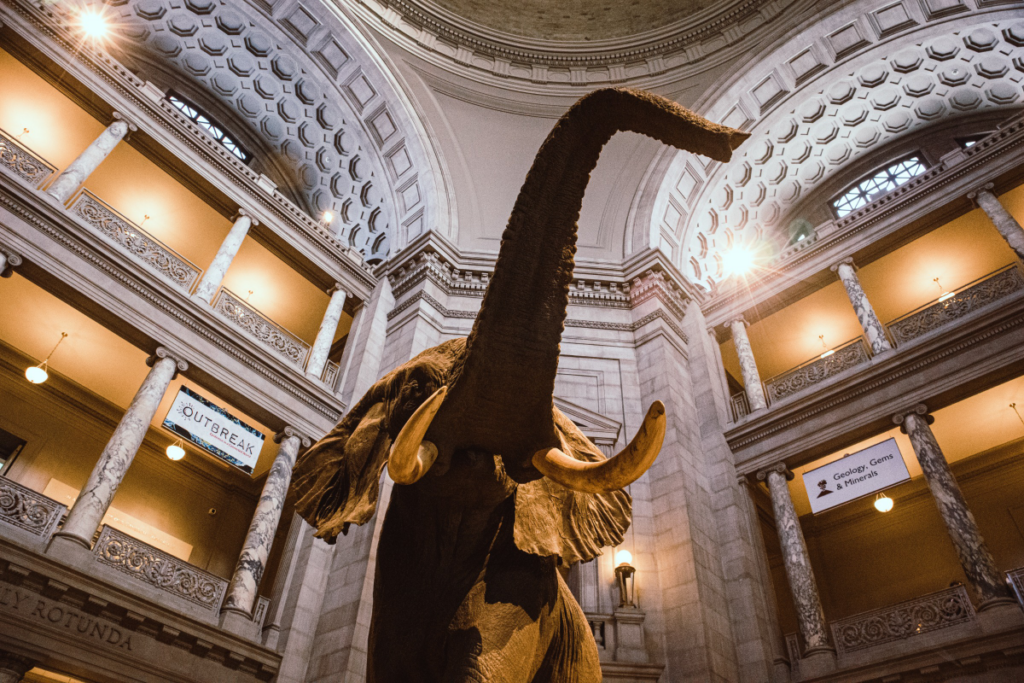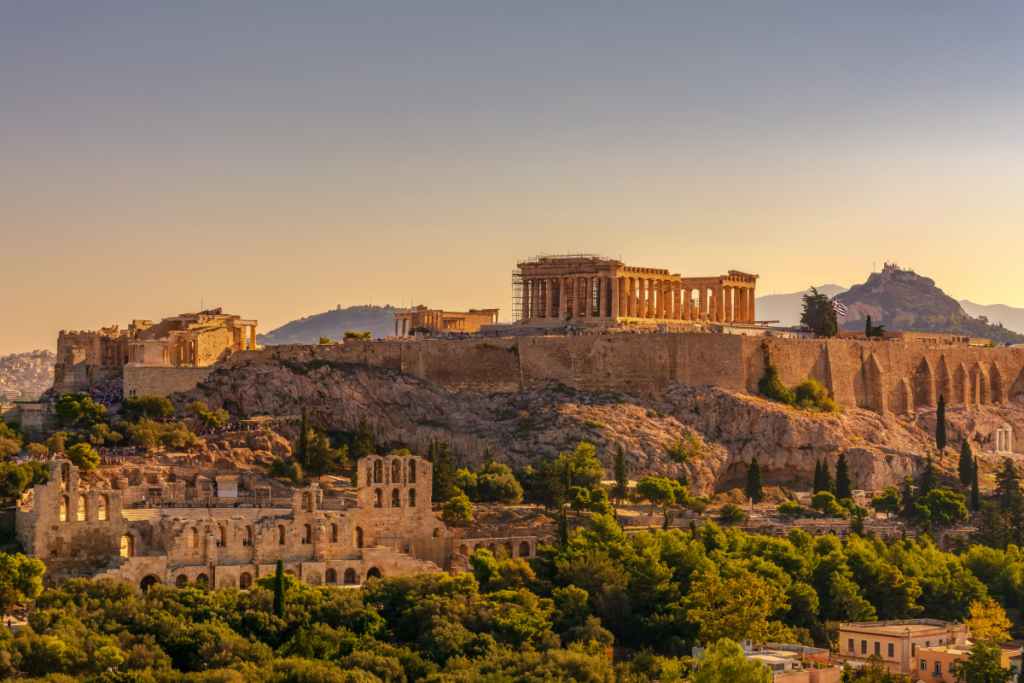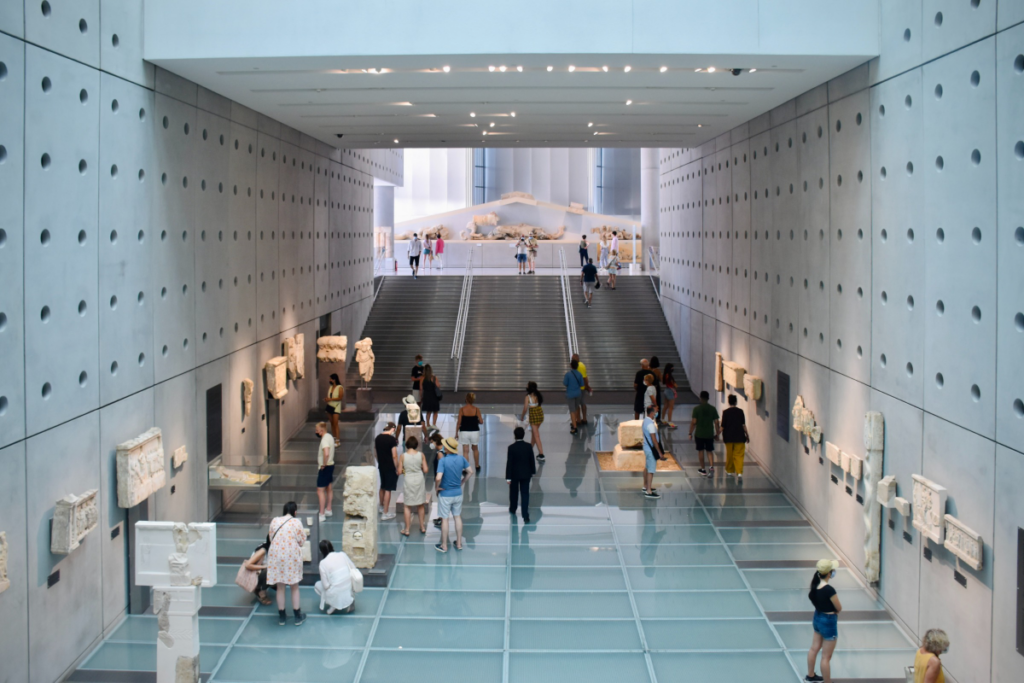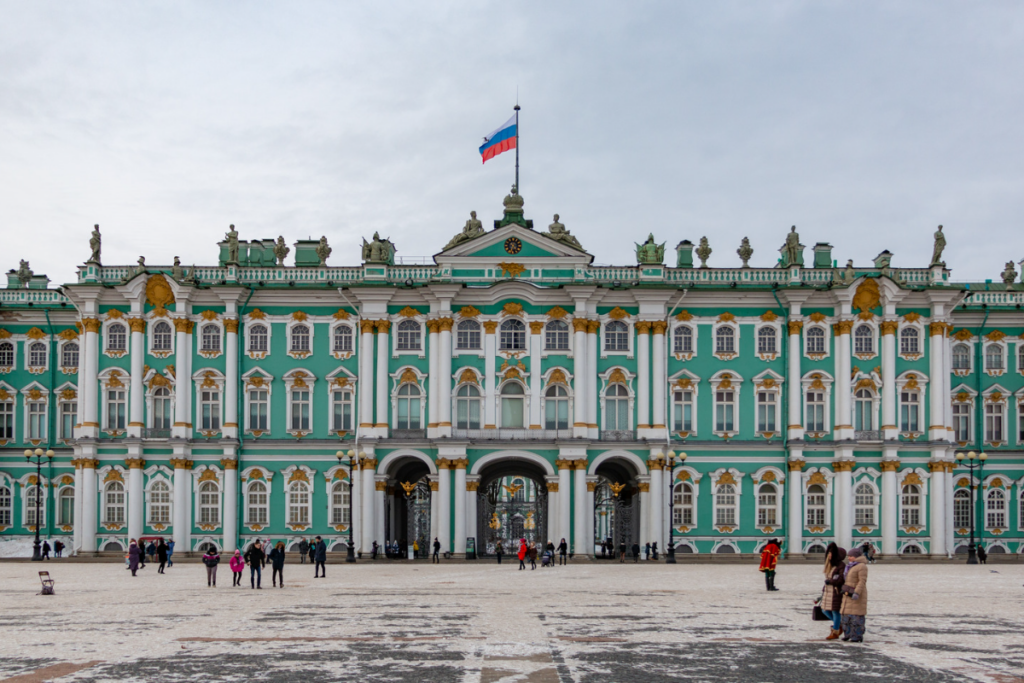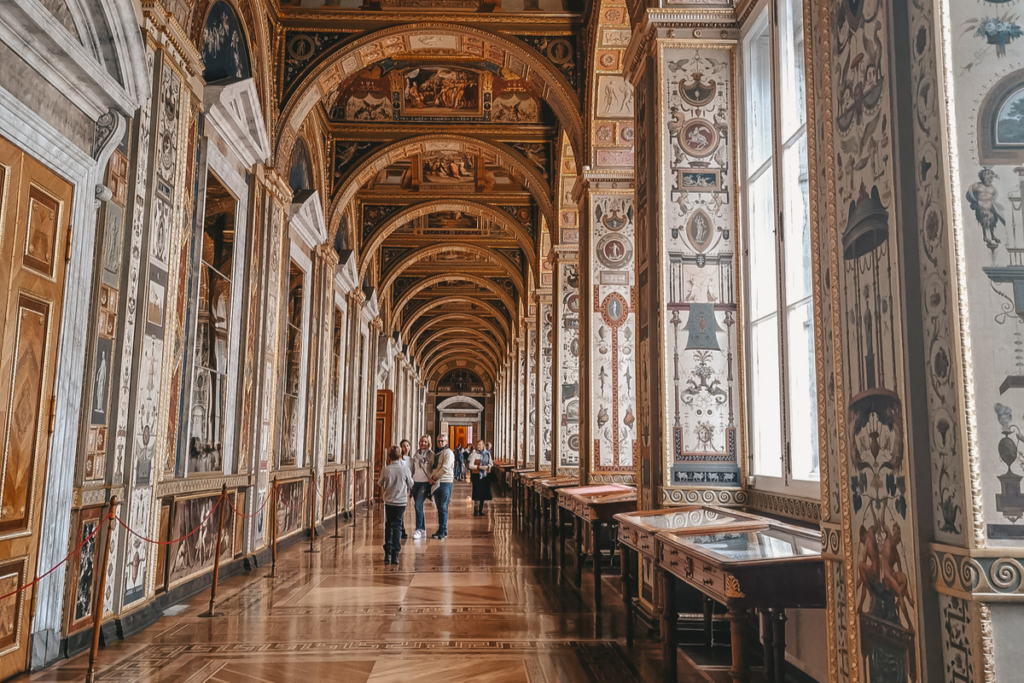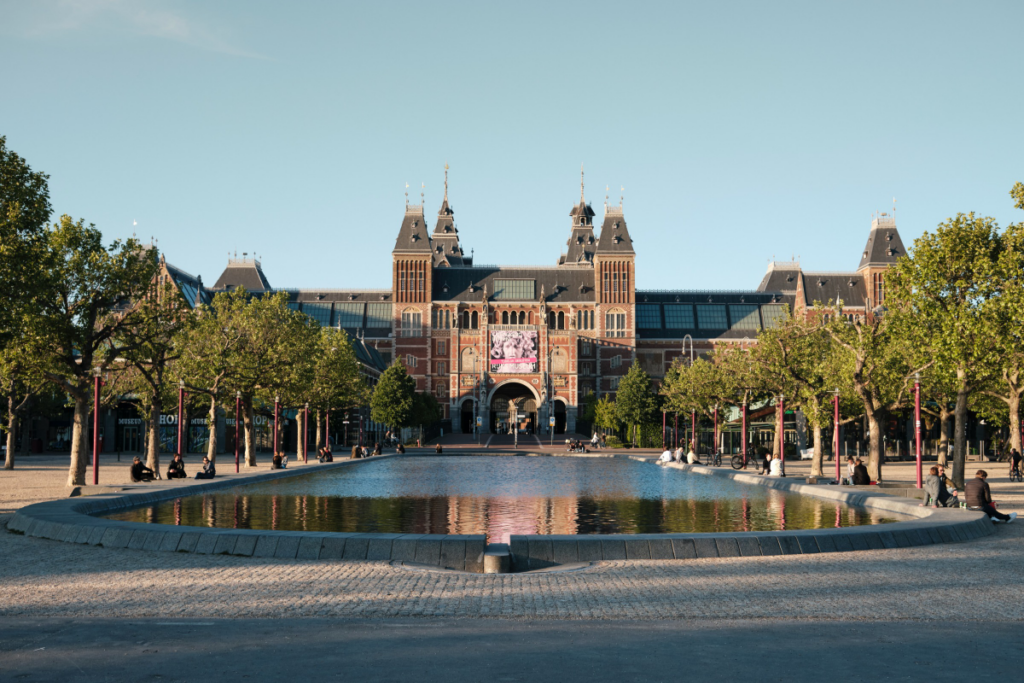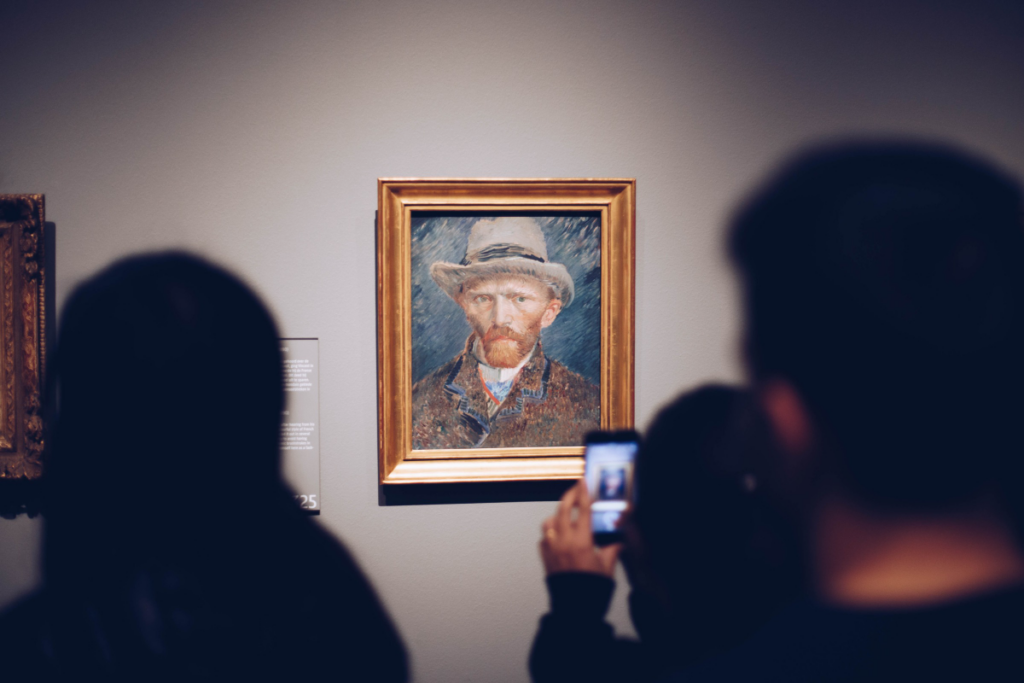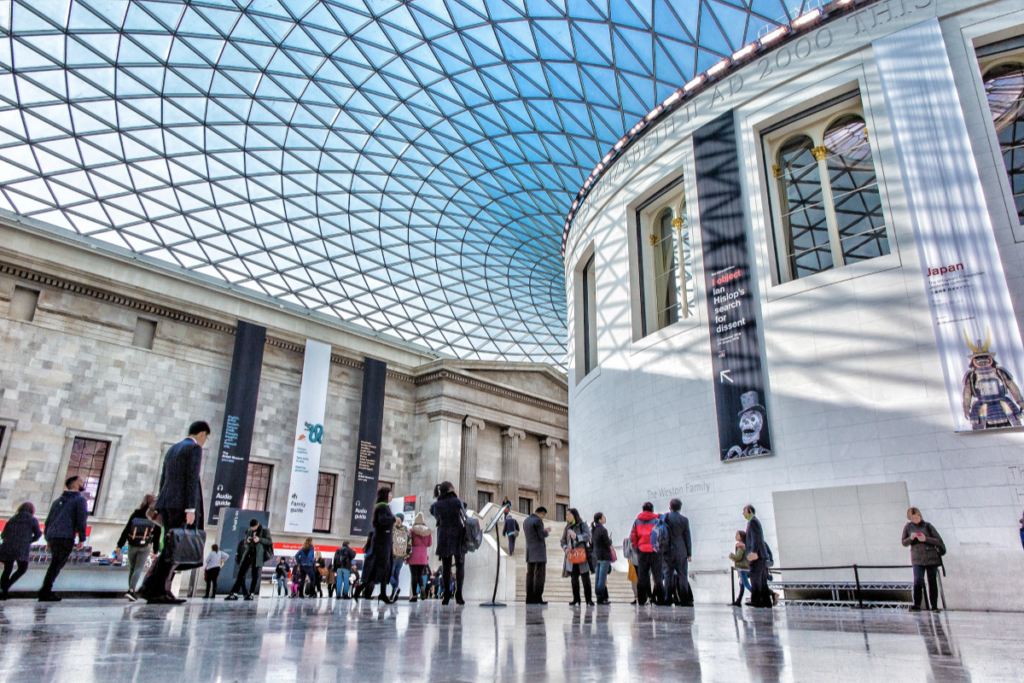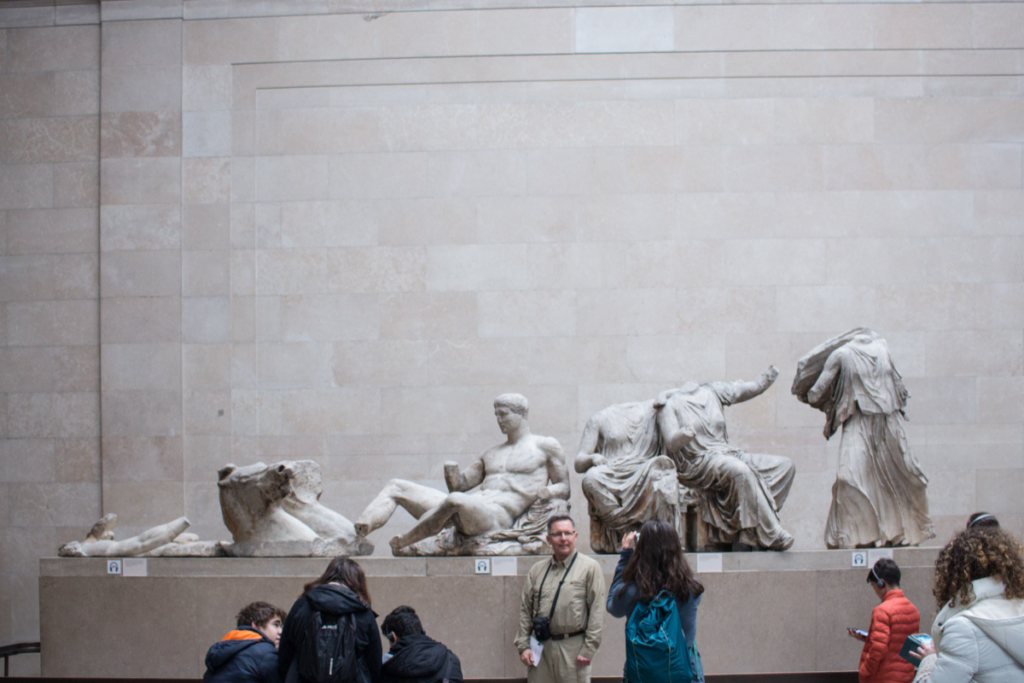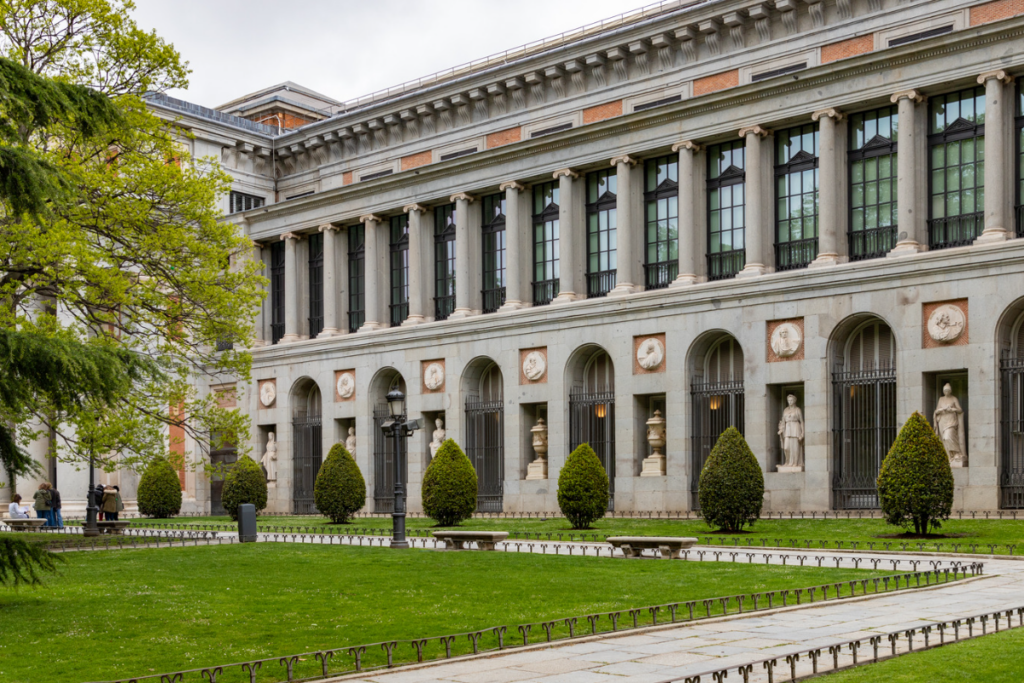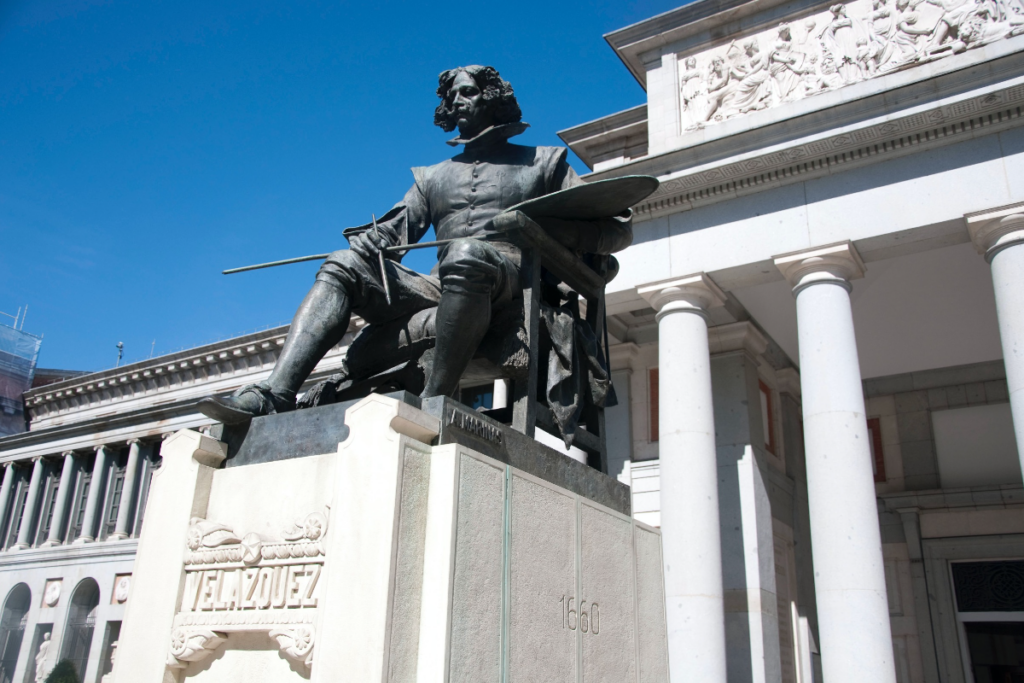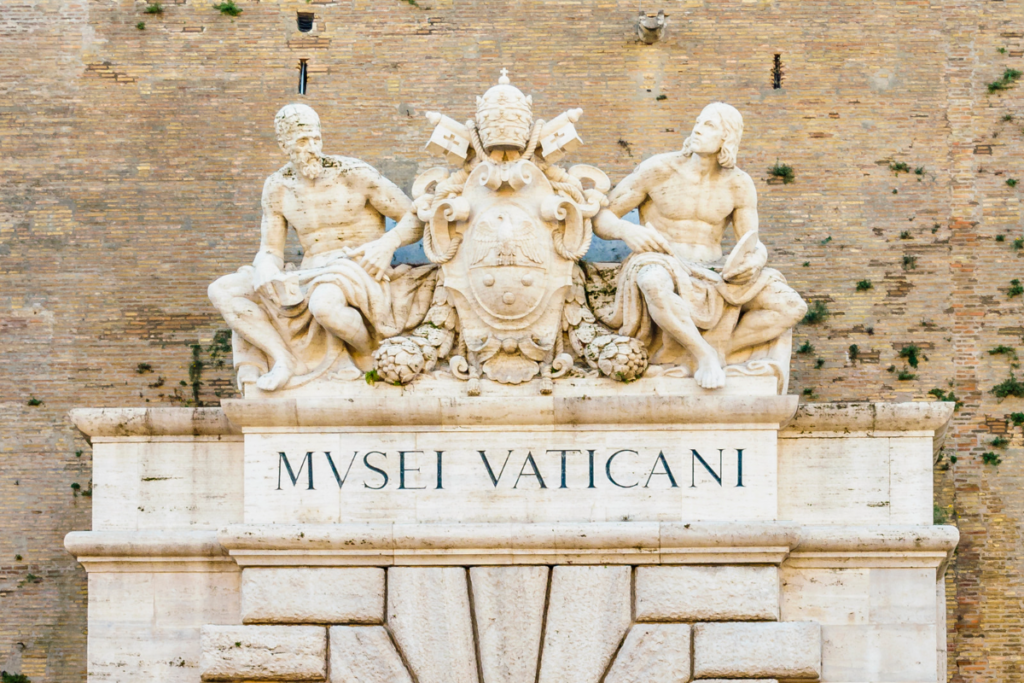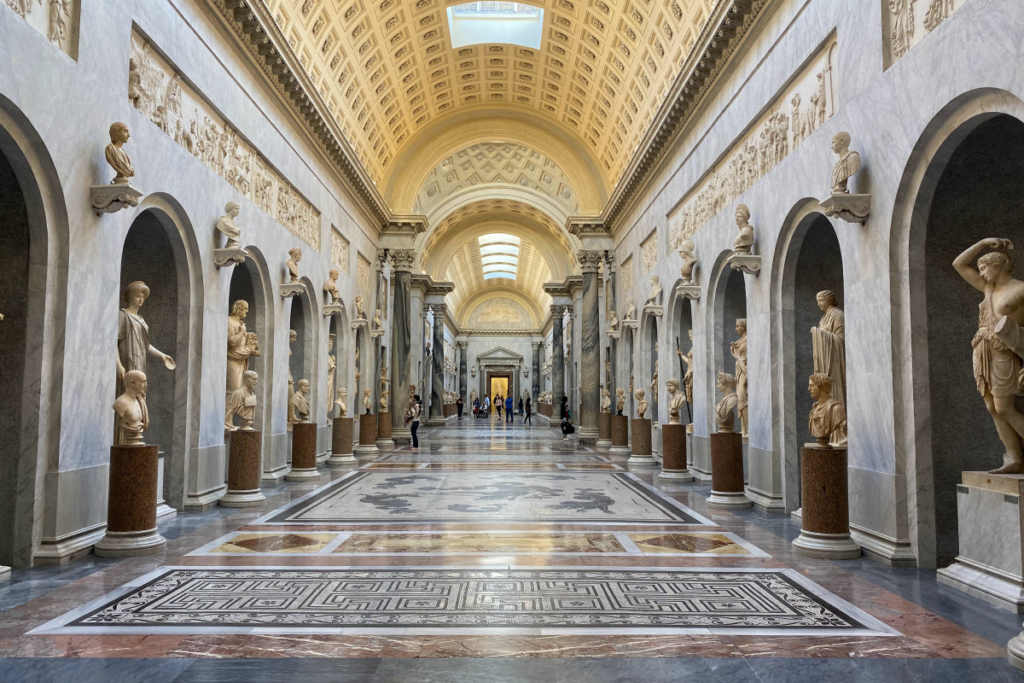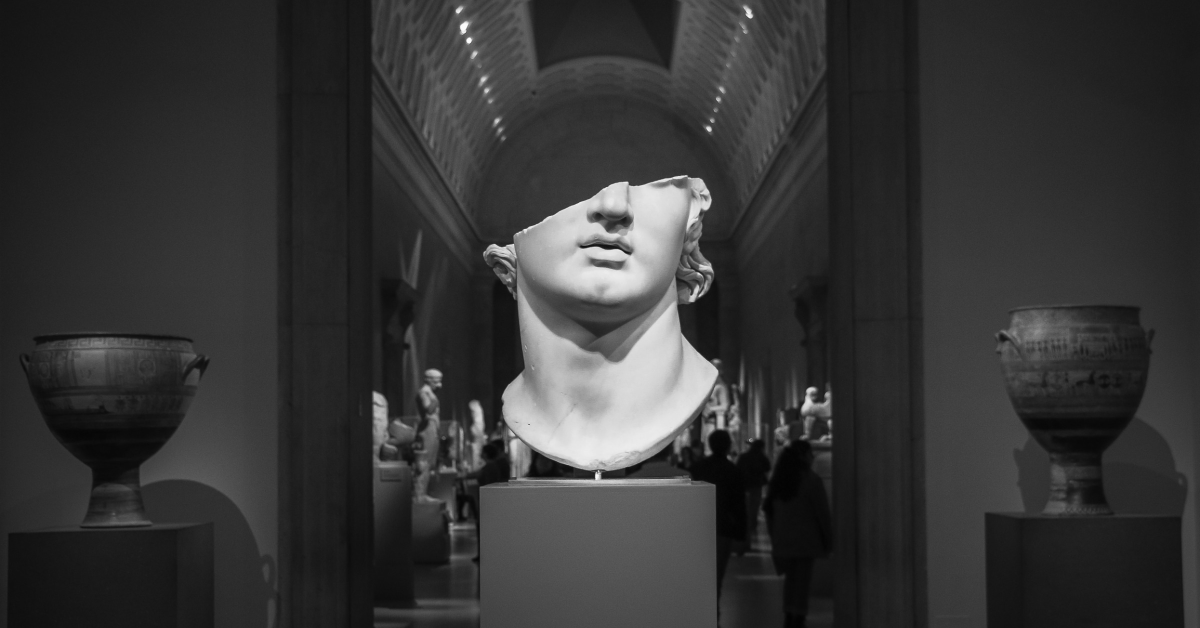
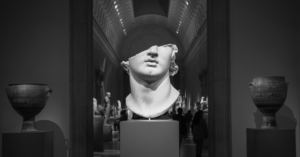
As we celebrate International Museums Day, it’s the perfect time to embark on a captivating journey through the world of art, history and culture. For liberal arts students, museums serve as hallowed halls of inspiration and intellectual growth, offering a gateway to understanding the diverse tapestry of human experiences. Whether you’re fascinated by ancient civilisations, captivated by art or enchanted by the stories of the past, these 10 museums are absolute must-visits for any liberal arts student.
1. Uffizi Gallery, Florence
There’s no better place to view Renaissance artwork than the Uffizi Gallery in Florence. The Uffizi is home to the world’s finest collection of Renaissance paintings—think Botticelli’s ‘Birth of Venus’ and Caravaggio’s ‘Medusa’. The gallery, which also boasts masterpieces from the early medieval, baroque and Mannerist periods, is located in a building that was designed by Giorgio Vasari in the 16th century. Its corridors are lined with priceless statues and busts from the Medici family’s personal collection. Some visitors have apparently been taken to hospital from collapsing at the overwhelming sight of so many classical wonders!
2. The Louvre, Paris
Who hasn’t heard of the Louvre? Home to arguably the most famous painting of all time—the Mona Lisa—this museum also boasts a unique history of being a medieval fortress and a royal palace once upon a time. It now holds Western art that dates from antiquity to the early 19th century, as well as incredible displays from ancient civilizations. Visit the Delacroix and Dürer collections, as well as the famous ancient Egyptian rooms. The building, which dates back to the 12th century, is itself a lesson in architecture. In 1989 the addition of I. M. Pei’s pyramid to the front entrance shocked many visitors—see what you think!
3. The Metropolitan Museum of Art, New York City
The ‘Met’ as it’s known, is the largest museum in the Western Hemisphere. Its collection literally covers the entire world, with over two million items and holdings that could be entire museums of themselves. Here you’ll find works by Rembrandt, Vermeer, Degas, Rodin, and Botticelli. In the Egyptian collection you’ll find the famous Temple of Dendur (circa 23-10 BC). In the American Wing you’ll find a Frank Lloyd Wright Prairie House. There’s also the famous engraving “Adam and Eve,” by Albrecht Dürer.
4. Smithsonian Institution, Washington, D.C.
The ‘Smithsonian’ actually refers to the world’s largest research and museum complex—19 museums and galleries in total, plus various research and educational stations and a National Zoo! It was founded in 1846 with the bequest of James Smithson to be “an establishment for the increase and diffusion of knowledge.” If you spent one minute day and night looking at each object in the Smithsonian, you would only see 10% of the whole site after ten years! So don’t bite off more than you can chew—pick one or two exhibitions at a few of the museums and enjoy! There are lots of fun things to see here, including Dorothy’s ruby red slippers, the original Star-Spangled Banner, dresses from the First Ladies of the USA, the Wright Brother’s 1903 Flyer, and the Apollo 11 command module!
5. Acropolis Museum, Athens
Question: What do you do when you dig up the Parthenon? Answer: You build the Acropolis Museum. This place has an amazing glass floor that gives tourists and history buffs alike insight into preserved ancient Athenian neighborhoods. You can also see intact objects from the Byzantine City displayed in open spaces in the Archaic Gallery. The frieze of the Parthenon is mounted on a structure with exactly the same dimensions as the cella of the Parthenon, giving tourists amazing viewing of every detail.
6. State Hermitage, St Petersburg
The State Hermitage Museum is a must-see if you get the chance. It’s the second largest art museum in the world, with over 3 million works of art and cultural artefacts. The six historic buildings that house this museum are located along the Palace Embankment, which includes the Winter Palace, once home to the Russian czars and their families. It was Catherine the Great who founded the museum with her personal collection in 1764. The heart of the museum is its collection of Western European art—from Titian to Cézanne, works from the masters of the ages fill 120 rooms in four buildings.
7. Rijksmuseum, Amsterdam
If you love Rembrandt (or any of the Dutch masters), the Rijksmuseum is the art gallery for you. First opened in The Hague in 1800, it moved to the new capital of Amsterdam in 1808. If you’re stretched for time, go for a short walk through the Gallery of Honour to witness some of the finest Dutch art there is. The museum also boasts an amazing dollhouse collection for kids. (Plus a total collection of 1 million other objects from the years 1200-2000). And the café does bitterballen that’s apparently to die for!
8. The British Museum, London
The British Museum is, like many things in London, very old and very grand. Founded in 1753, this establishment was the first national museum to cover all fields of human knowledge. If you’re fascinated by the ancient past, you will find here England’s national collection of archaeology and ethnography—prehistoric bones galore! And 8 million other artefacts besides. Just a few must-see exhibitions include the sculptures from the Parthenon, the colossal bust of Ramesses the Great, the Aztec serpent, and displays from the Assyrian city of Nineveh. The museum has one of the world’s finest collections of ancient Egyptian artefacts outside of Egypt, including the Rosetta Stone from 196 B.C. There’s no museum in the world that covers the same breadth, beauty and significance of the diversity of human cultures like the British Museum.
9. The Prado, Madrid
The Prado’s wealth of classical masterpieces is largely thanks to the patronage of the Spanish royal family. Fernando VII, encouraged by his wife Queen Maria Isabel de Braganza, turned his grandfather’s Natural History Cabinet into the new Royal Museum of Paintings and Sculptures. Opened to the public in 1819, the museum remains to this day in the same neoclassical building designed by Juan de Villanueva in 1785. Spanish stars of the Prado include Velázquez, Goya, Ribera, and Zurbarán, but the museum also has large collections of Italian and Flemish masters. “The Three Graces” by Rubens is a must-see! It’s one of the most population art destinations in the world, with 3 million visitors every year.
10. The Vatican Museums, Vatican City
No visit to Rome would be complete without going to the Vatican City. This small city-state is home to twenty-two spectacular collections that display an immense wealth of cultural and historical works, collected over centuries by the Catholic Church and the papacy. Here you can see some of the most exquisite Roman sculptures of all time, but that’s only the beginning. The list of famous attractions is long—the Museo Pio-Clementino, the Raphael Rooms, the Pinacoteaca, which holds the finest of the Vatican’s collection of medieval and Renaissance artwork, and of course, there is Michelangelo’s Sistine Chapel. Prepare to be blown away!

